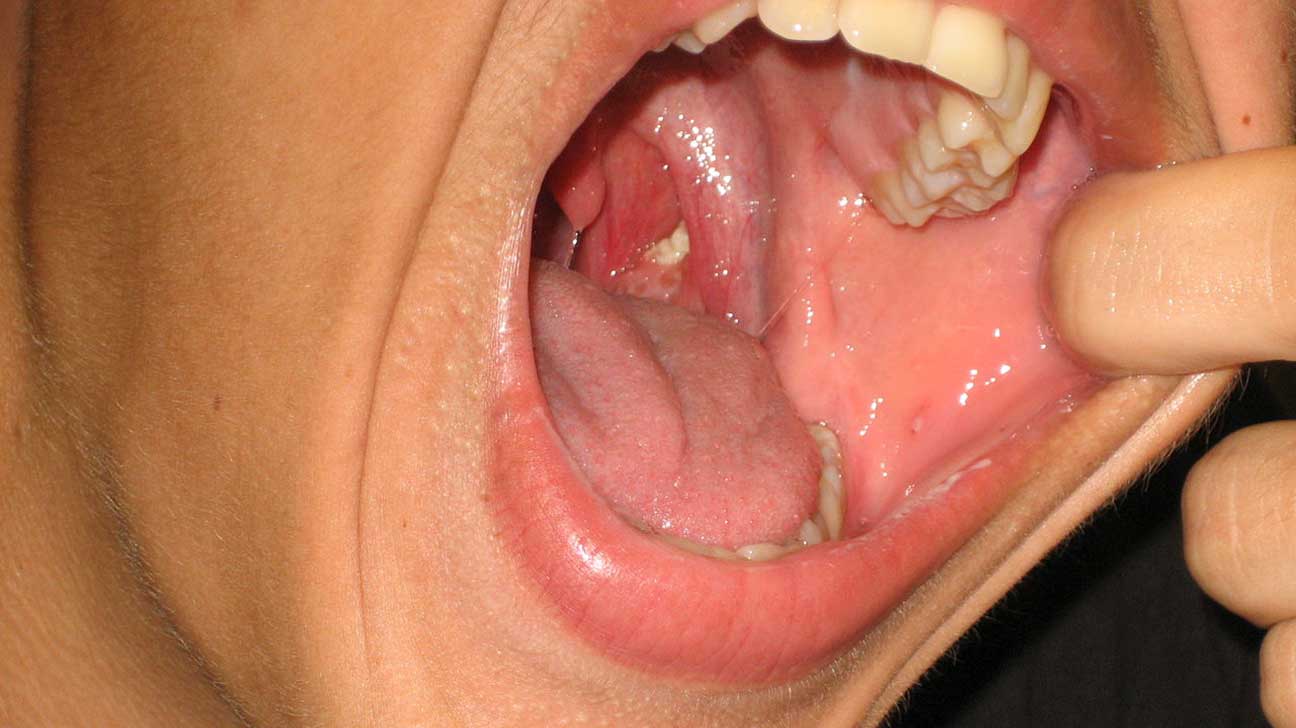Tonsil infection, or tonsillitis, is often viral or bacterial in origin and is extremely common in childhood. We explain its causes, symptoms, and treatment, and during which cases tonsillectomy is indicated.
Tonsillitis is an infection of the palatine tonsils, glands located at the rima’s underside below the palate, and is one of the foremost frequent diseases in childhood. When the tonsils become infected, they become swollen and enlarged, resulting in its most typical signs: inflammatory illness and fever.
The tonsils are made from lymphoid tissue. They’re a part of the pharyngeal area’s implements of war since their function is to form antibodies and defensive cells to protect the body against infections caused by microorganisms that acquire contact through the device Respiratory (nose and throat).
A few years ago, it was widespread to get rid of the tonsils in children. Still, nowadays, their defensive role is increasingly being given more importance, especially within the first three years of life, and also the attitude towards their removal is way more conservative.
Tonsil infection will be caused by viruses and bacteria, although other cases are a part of a broader picture with other symptoms, like kissing disease.
In most cases, they’re viral in origin, so that they don’t need antibiotic treatment. Bacterial tonsillitis does require antibiotic treatment and may sometimes cause complications. At present, the indication for surgical removal of the tonsils is a smaller amount widespread and is just reserved for particular situations.
Types of tonsillitis, symptoms, and complications
The symptoms of tonsillitis are slightly different looking on whether its cause is viral or bacterial:
Viral tonsillitis is that the commonest, especially in children under three years. Additionally to the pharyngitis, they typically provide a low fever (less than 39ºC). It’s in the course of catarrhal symptoms with scant cough, red eyes ( conjunctivitis ), and runny nose.
Small ulcers or blisters are standard on the tonsil fundus. The swelling of the glands within the neck (adenopathies) is a smaller amount critical than in bacterial tonsillitis and, if palpated, they’re small in size.
Many viruses can cause viral tonsillitis ( coxsackie, adenovirus …, and it’s common to seek out them at any time of the year.
They typically cause a high fever with sudden onset (over 39ºC and up to 40ºC), infrequent peaks related to chills. There are traditionally no catarrhal symptoms.
The cervical nodes (adenopathies) are more enlarged and may be easily palpated. It’s also common to seek a reddish stippling on the palate (also called palatal enanthema ).
The most common explanation for this kind of tonsillitis is blood type streptococcal infection ( Streptococcus pyogenes ) and is more common within the fall and winter.
Complications of tonsillitis
Bacterial tonsillitis must be treated with an antibiotic. Although infrequent, it can cause complications because of the spread of the infection to adjacent areas ( sinusitis, otitis, peritonsillar abscess) that, at times, would require treatment with intravenous antibiotics.
The only essential complications are secondary to the generalized inflammatory state that bacterial tonsillitis produces, which may cause infectious disease, kidney inflammation ( glomerulonephritis ), and even toxic shock syndrome. Suppose the infection spreads through the bloodstream, during this case, necessary compromise. Fortunately, these cases are sporadic.


